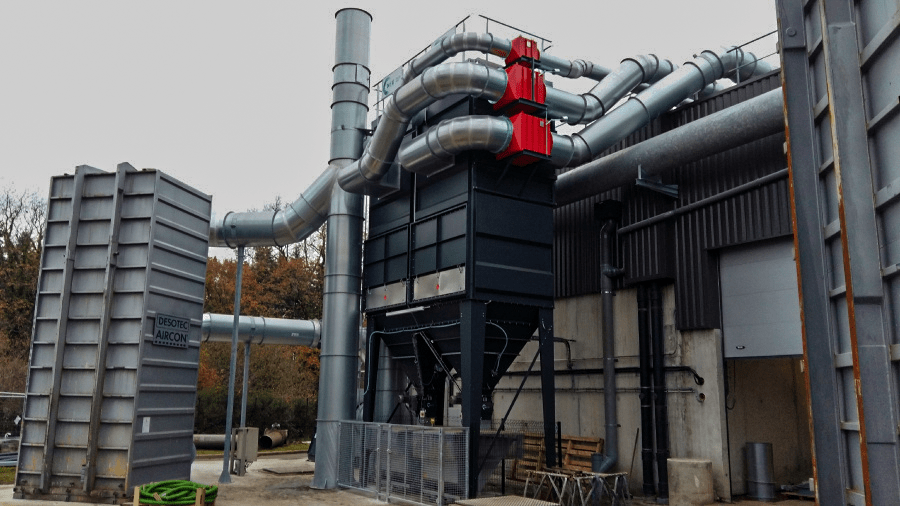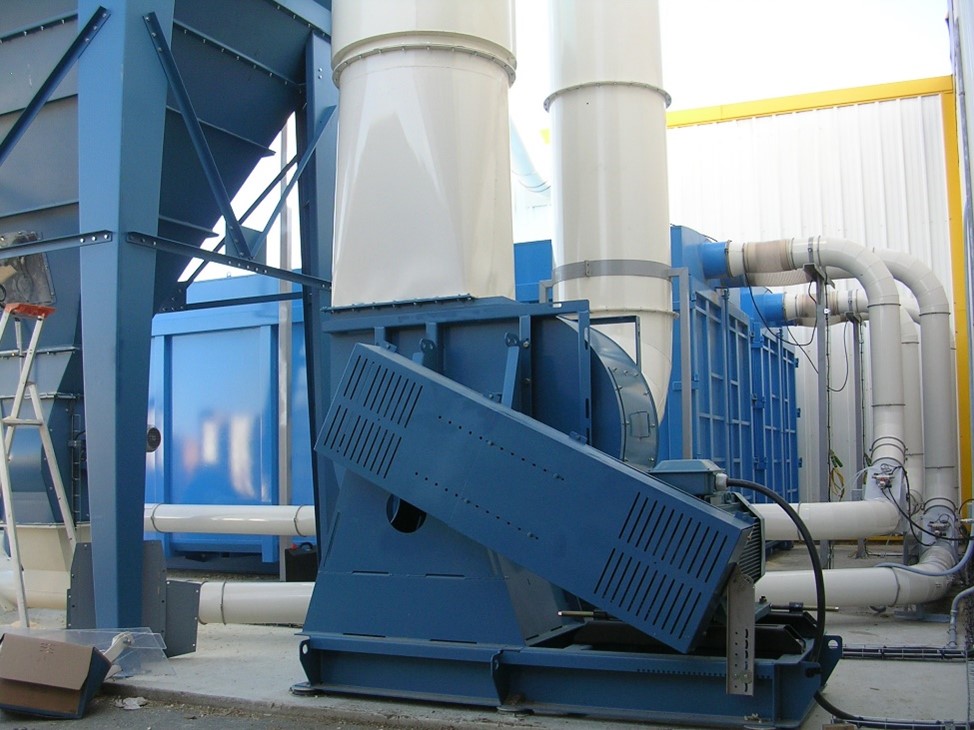
Air treatment: energy saving solution?
More than ever, energy saving issues are at the heart of reflections within households as well as companies. How to reduce consumption and consequently the bill without losing productivity? Ventilation and air treatment solutions are an immediate solution to these new challenges.
An explosion in the price of energy
It is well known that energy costs are increasing every year. According to INSEE, in 10 years, we count +44% on the price of electricity, +10% for fuel oil and +45% on that of gas. The trend for the next few years is not more pleasing with a clear evolution for electricity with a passage of 18c€ the kW (2022) to 36c€ in 2030 according to the various actors of the sector (Commission of regulation of the energy, The Court of the accounts, the French Union of Electricity).

Source : Insee
Ventilation to reconcile indoor air quality and energy savings
With its experience in air treatment since 1974, NEU-JKF Delta Neu can only observe with its customers the impact of ventilation solutions on energy savings in buildings. Renewing the air, filtering it, heating it but also cooling it are major levers to reduce energy loss.
Concrete solutions for your new work
You have a project of installation of dust removal or ventilation? Don't forget to take into account the energy constraint:
- Optimize the flow by defining the most efficient collection
- Reduce the pressure drops of the future installation by choosing the speed and the network
- Choose the least energy consuming filtering media
- Define a control of the installation by allowing the variation of flow
- To allow a heat recovery on the extraction or a partial recycling of the air (following the recommendations of the INRS).

Including all energy constraints in your considerations from the very beginning of your installation project will allow you to make significant savings. Let's take some concrete examples:
- Positioning a collector twice as far away requires a flow rate multiplied by 4 for the same result. The consequence: an overconsumption for an unchanged efficiency.
- Replacing a 100% installation with an installation that varies the flow rate will save 25%* per year on the fan's power consumption alone.
- An installation with airflow variation will allow to save 25% of the energy cost of the discharge compared to the same installation with constant airflow
* Besoin : Deux capteurs de 5 000m3/h pendant 8 heures puis un capteur de 5 000 m3/h pendant 8 heures
Maintenance and audit of installations for better performance
Today, it is essential to organize the maintenance of the systems (filters, fans, sealing, air distribution networks) so that they remain efficient. Please note that NEU-JKF Delta NEU will assist you in auditing your installations.
Let's take the example of a very consuming installation: the belt pulley fan.

If you have this type of fan, it is likely that your installation dates from the early 2000s and that it overconsumes energy that has become expensive:
- A belt pulley transmission means a 15% loss of power
- An IE2 motor compared to a recent IE3 or IEA motor design is a 5 to 10% power loss
- A fan designed before the ERP 2011 is a loss of airflow efficiency of 5 to 10%.
- In total, a difference in consumption close to 40%.
Concretely:
-A fan with a belt drive/motor IE2 leads to an additional consumption of 40% compared to a fan with a direct drive motor IE3 meeting the EU regulation n°327/2011
Another example of equipment that can quickly become energy consuming:
- A clogged dust collector will cost about 10€/day more than a well-maintained dust collector. *
*On a basis of 0000 m3/h, Delta P of 100 daPa additional, the kWh at 0,18 € 16h/d
Within the framework of a need to control its energy consumption, NEU-JKF Delta NEU commits itself on each project to carry out a meticulous work of personalization of its installations to optimize at most the energy expenditure.
